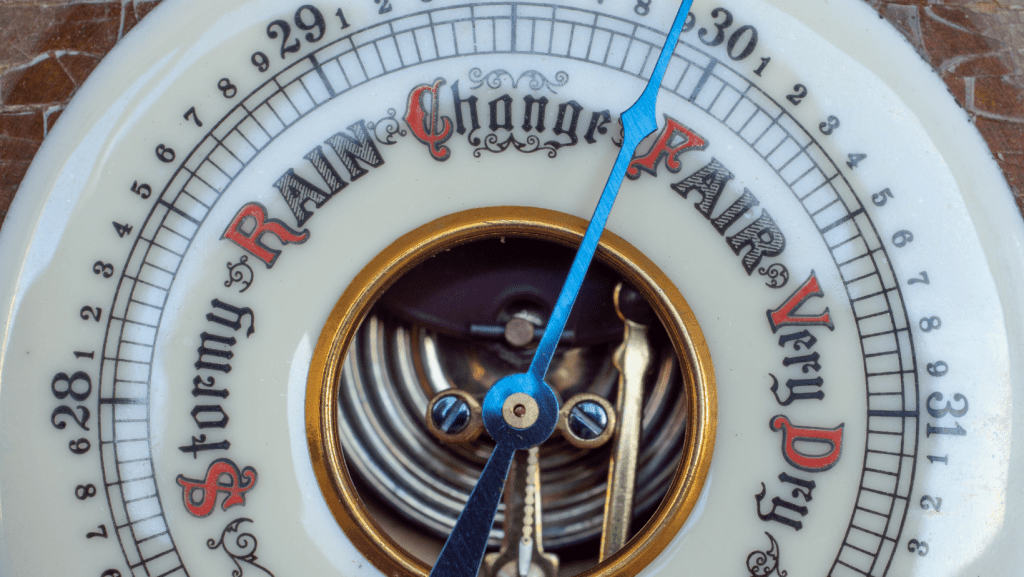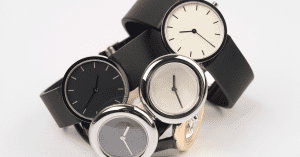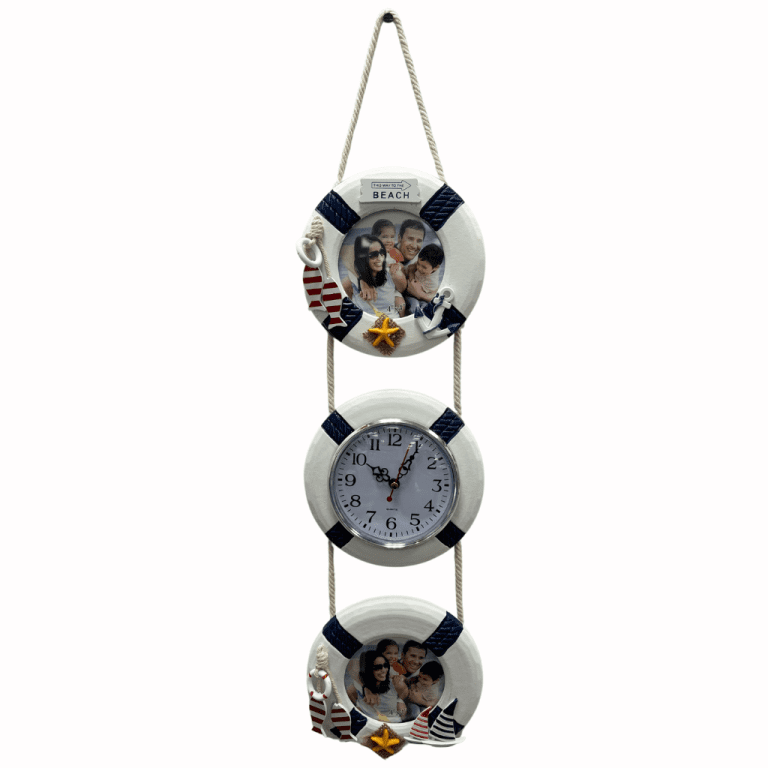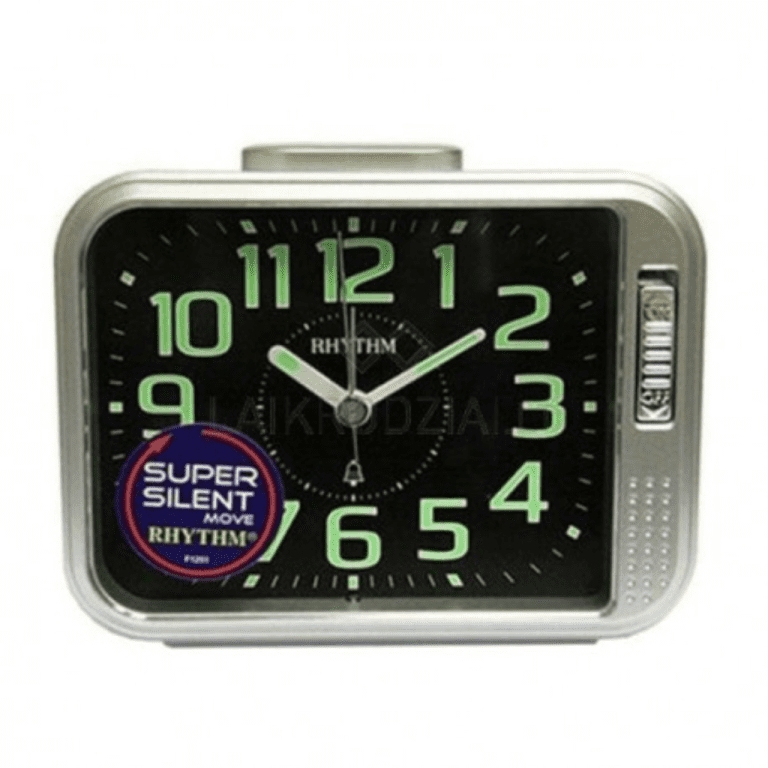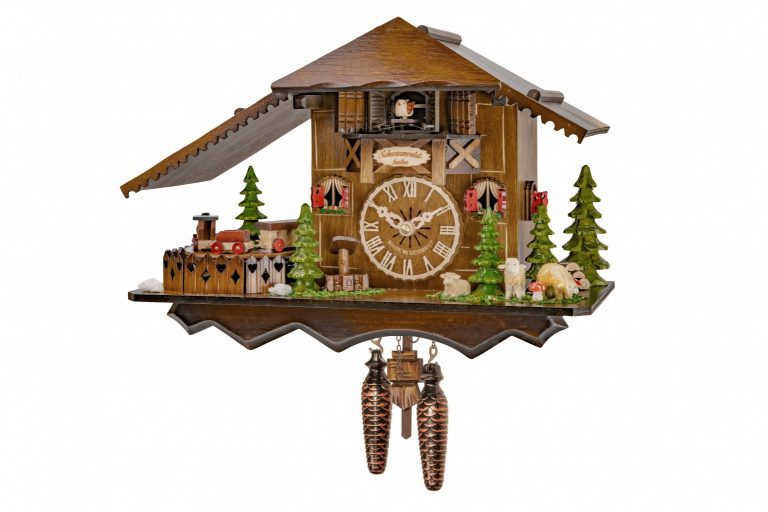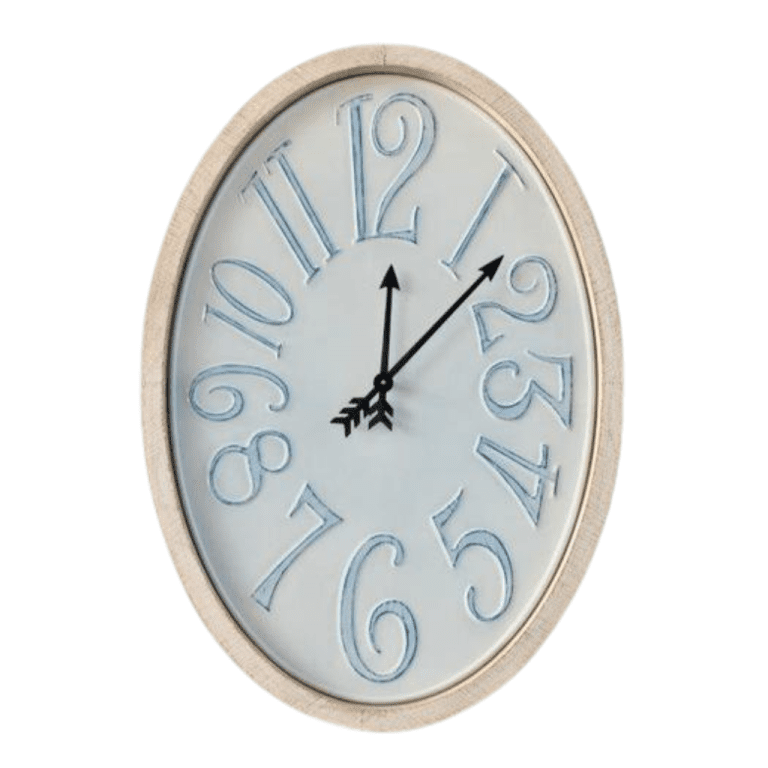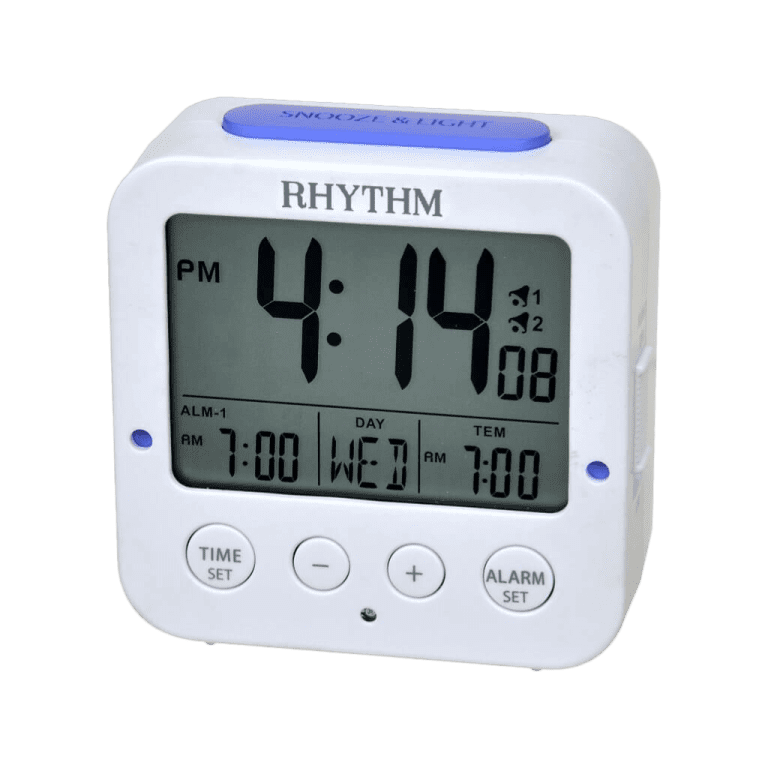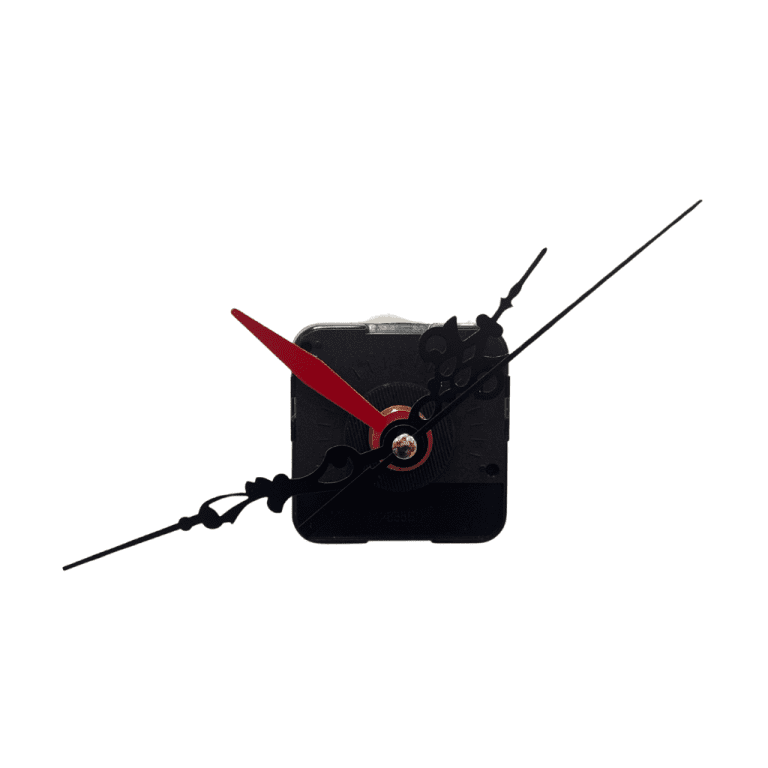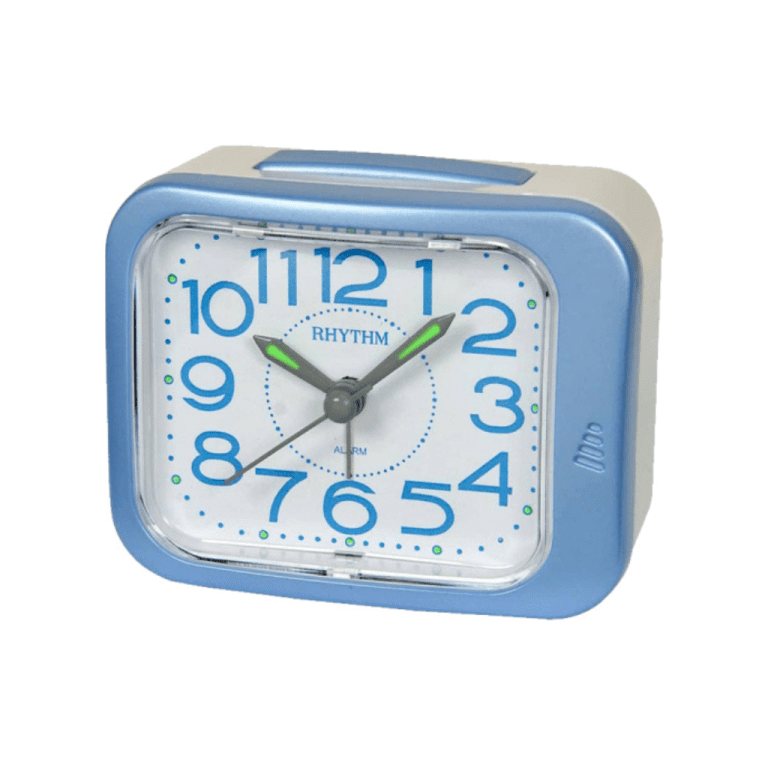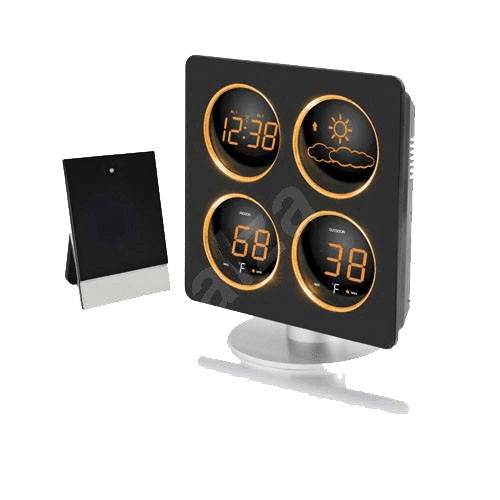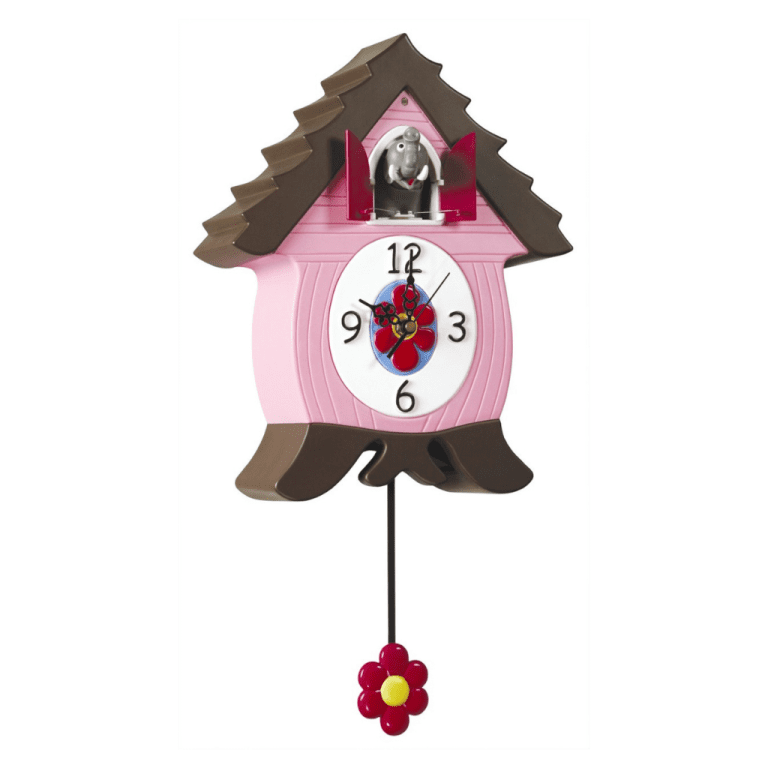| Interesting Barometer Facts: |
| The two main types of barometers used for meteorology (weather science) are the aneroid barometer and the mercury barometer. |
| A mercury barometer is usually a three foot high glass tube closed at one end with a reservoir of mercury open at the other. Atmospheric pressure changes the level of the mercury in the column. |
| An aneroid barometer is a barometer without liquid, invented by Lucien Vidi in 1844. An aneroid cell in the barometer expands or contracts as a result of changes in external air pressure. |
| The main types of barometers are water-based barometers, mercury barometers, vacuum pump oil barometers, aneroid barometers, and barographs. |
| More unusual types of barometers include Collins Patent Table Barometer, Hooke’s Otheometer, Ross Sympiesometer and the Shark Oil barometer, |
| Some cell phones have aneroid barometers built in, such as the iPhone 6 smartphone, the Samsung Galaxy S3 to S6 models, and the Galaxy Nexus. The aneroid barometer does not use mercury. |
| Barometers have been used in weather forecasting dating back to the late 1800s. |
| Altitude plays a role in the accuracy of a barometric reading. Because boats are at sea level they are the exception to using barometers in a fixed location. |
| High pressure occurs when the air sinks to the earth more quickly than it is able to flow outward. With a mercury barometer this causes the mercury to rise higher and gives a reading of high pressure. |
| Low pressure occurs when air rises from the earth more quickly than air flow is able to replace the lost air. With a mercury barometer the mercury drops to a lower level and gives a reading of low pressure. |
| Although mercury barometers are accurate they contain mercury – which is not safe because it is a very poisonous form of liquid metal. The aneroid barometer was created to make barometers safer for use. Aneroid barometers are commonly used in small aircraft and in homes, as well as boats, or other places where mercury is not safe. |
| Barometric pressure can be reported in several different measurement units including inHg (inches of mercury – used mostly in the U.S.), mb (millibars – commonly used by meteorologists), Pa (pascals – worldwide SI unit of pressure), and Atm (atmospheres- pressure of air at sea level when temperature is 59 degrees Fahrenheit). |
| When used for weather forecasting, decreasing air pressure usually is a sign of stormy, windy or rainy weather while slow rising air temperature is a sign of dry, calm weather. |
Credited to:softschools

